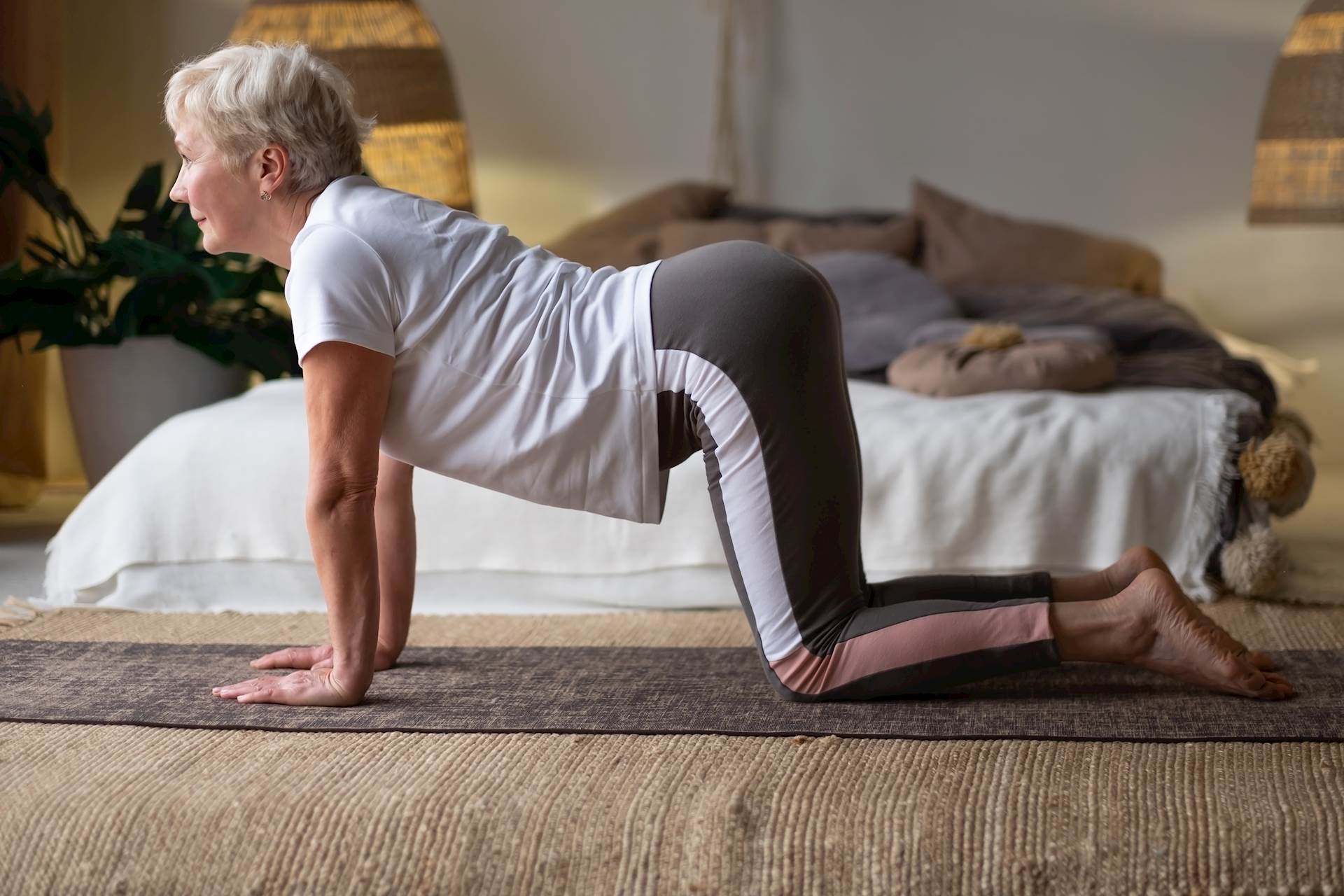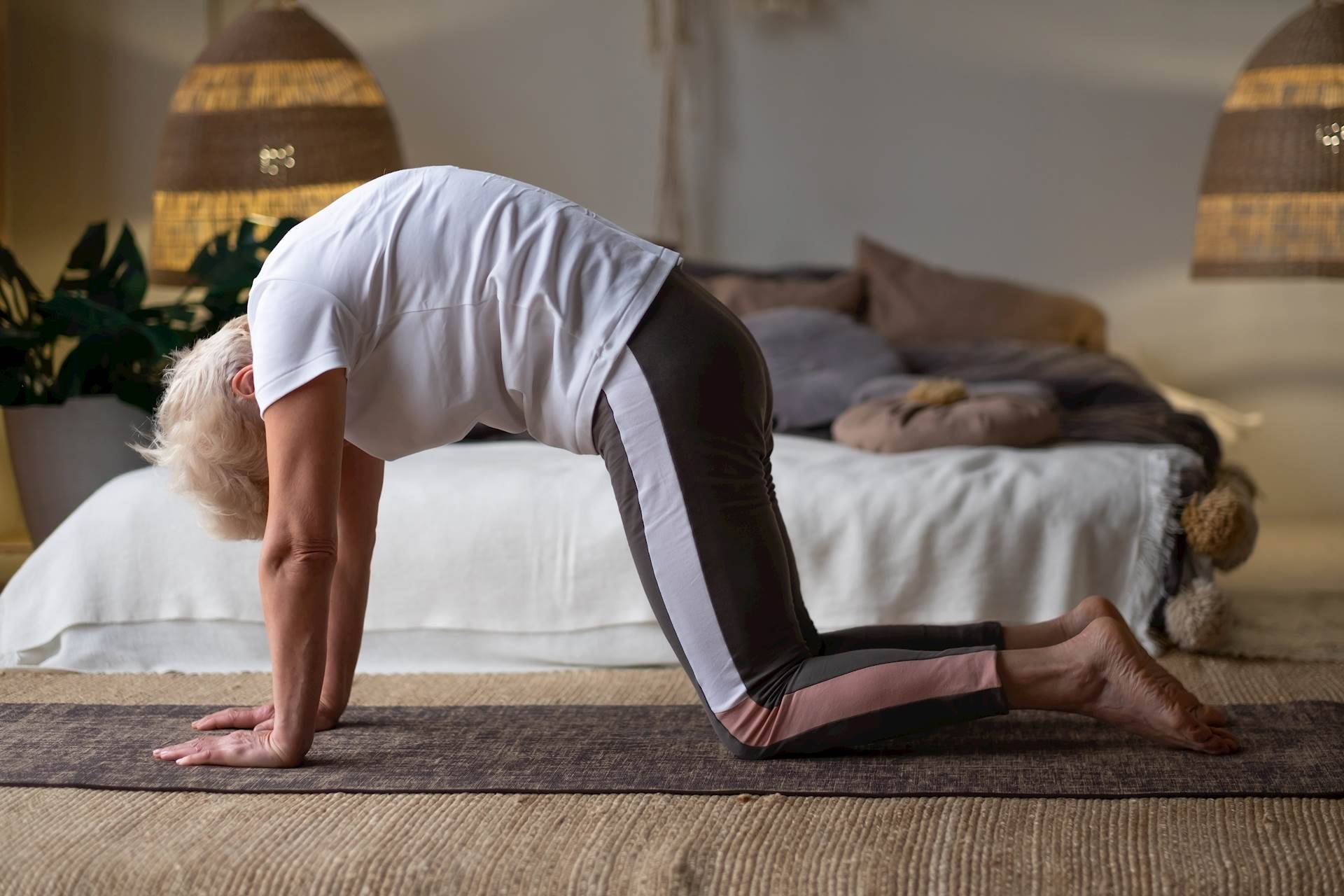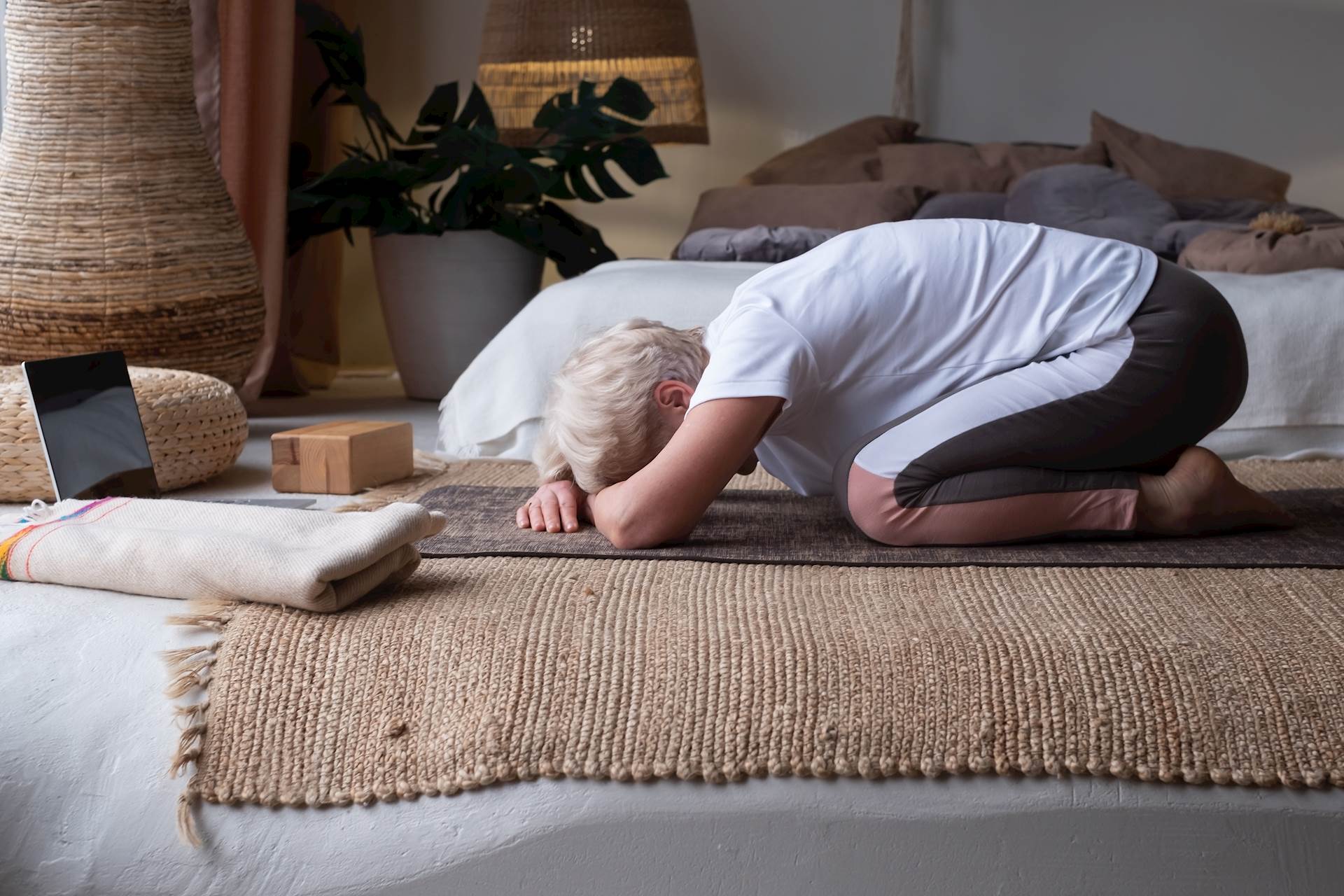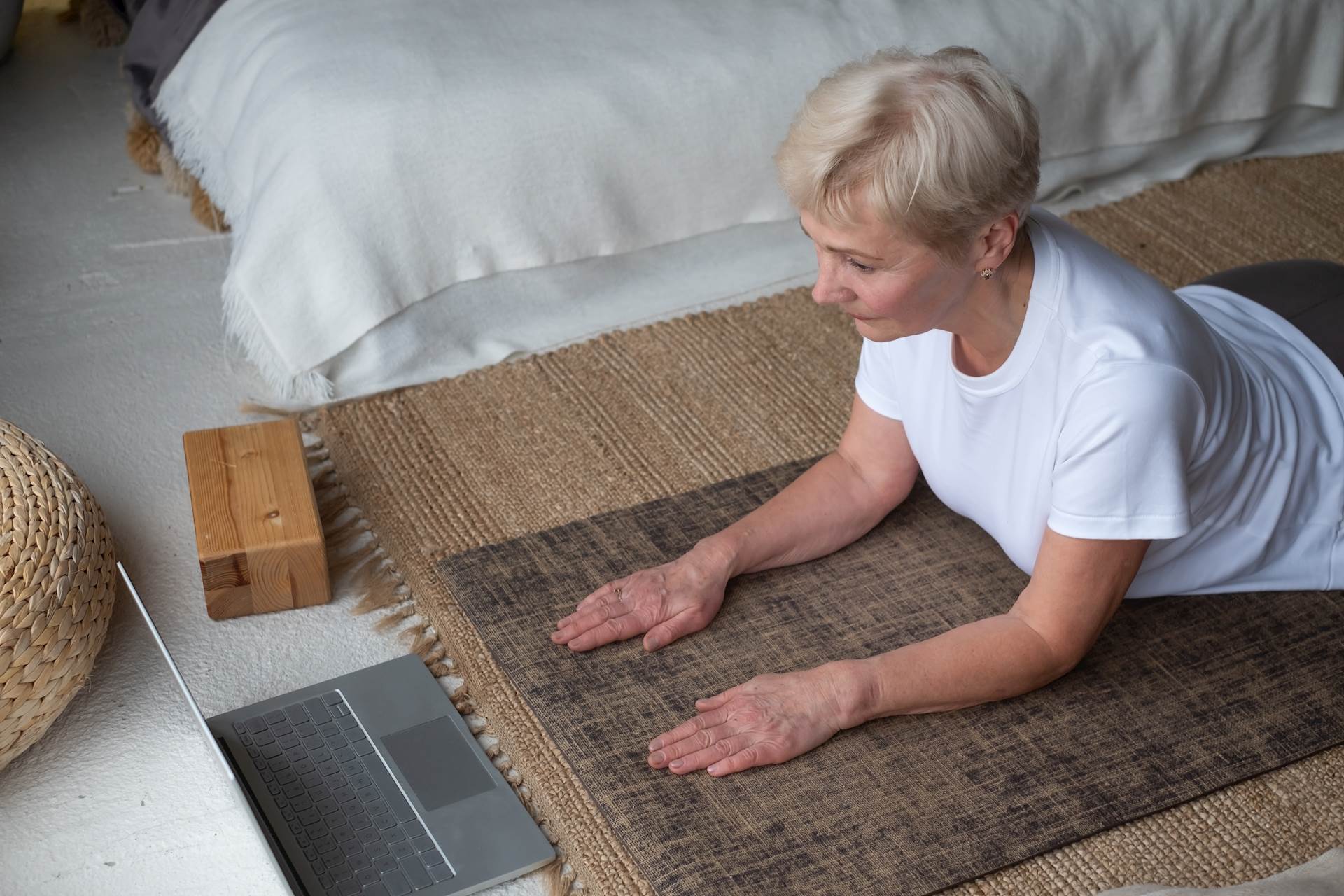What is middle back pain?
Middle back pain is a common ailment that can make everyday activities uncomfortable. Fortunately, there are several things that can be done to help alleviate the pain and get back to living your life. If you're like many people, you probably don't think much about your middle back. However, middle back pain, especially short-term, is one of the most common medical complaints in the United States. Middle back pain can stem from a variety of causes, including lifestyle factors, medical conditions, and injuries that can all lead to pain in the middle back. Symptoms of middle back pain include, but are not limited to: short, sharp pains; a dull, constant ache; muscle tightness or stiffness; and a reduced range of motion.
Treatment
Middle back pain can be classified as pain anywhere from the bottom of your rib cage to the base of your neck. Numerous factors can cause this type of pain. Amongst these, the most common causes of middle back pain are poor posture and weakened abdominals. Each of these factors in a lack of motion which increases the stiffness of the middle back region resulting in tension and associated pain. Middle back tension resulting from poor posture and weakened abdominals can be effectively relieved through stretching. Stretching allows for the release of built-up stiffness, the development of abdominal strength, and the correction of postural issues. Here are 5 stretches that can be used as an effective release strategy for middle back pain.
5 Tips for Middle Back Pain
1. Cat/Cow


Cat/Cow is a simple stretch that allows for the release of tension in the middle back. Performing this stretch will benefit an individual's spinal flexibility and promote better posture.
To Perform Cat/Cow:
Start on your hands and knees, with your knees below your hips and your wrists below your shoulders. Spread your fingers wide and press them through your fingertips to distribute weight evenly. Your spine should be in a neutral position.
Breathe in. Let your stomach drop toward the ground and stick your buttocks out. Lift your head and shoulders, push your chest out, and look forward. This is the Cow Pose.
Breathe out. Arch your back upward like a cat. Tilt your pelvis toward your ribs, drawing your shoulder blades away from each other and your belly away from the ground. Let your head drop toward the floor.
Shift between these two poses 5–10 times.
2. Seated Twist
The seated twist stretch allows for the development of mobility of the spine in multiple directions. This allows for released tension and associated pain that can be felt in the middle back.
To Perform the Seated Twist:
(Refer to image at top)
Sit on a chair or the floor with your legs crossed or straight out in front. Make sure to sit tall while pulling your shoulder blades together and down.
Slowly twist to the left side. Place your right hand on the outside of your left knee and place your left hand behind your back to provide support.
Hold the twist for 20–30 seconds, then return to the center.
Repeat on the other side.
3. Child's Pose

The child's pose is a restful position that allows for a release of tension in the back. The spine passively elongates in this pose as the individual's body rests over their knees. Variations of this pose can intensify the stretch in the back as well as strengthen the abdomen.
To Perform the Child's Pose:
Start in a kneeling position, with your hips and buttocks resting on your lower legs and feet.
Spread your knees apart to a point that is comfortable. Then fold your body forwards, bringing your chest down towards your knees.
If possible, bring your forehead to the floor, with your arms stretched out in front. Your hands should gently rest on the floor, keeping your arms straight.
Rest here for 20–30 seconds.
Use your hands to gently return to an upright position.
4. Passive Bend
This pose provides a release of tension specific to the individuals seated at a desk all day. This targets muscles at the base of the neck and shoulders, which can cause middle back pain due to a build-up of tension. This pose requires a supporting object that will be placed under the shoulder blades.
To Perform Passive Bend:
Place the roll on the floor.
Lie on the roll so it rests beneath your shoulder blades, near the middle of the back. Place something under your head if it also needs elevation.
Bring your arms away from your body, resting at a 45-degree angle.
Hold this position for 1–2 minutes.
5. Cobra Pose

This pose focuses on an active bend that stretches and elongates the spine. Tension in the middle back pain can limit the mobility of the stretch. Over time, growth in flexibility and limited middle back pain will allow for a deeper bend.
To Perform Cobra Pose:
Lay face-down on the floor. Extend your legs with the tops of your feet resting on the floor.
Place your hands under your shoulders, with your fingertips pointing forward. Bend your elbows and tuck your arms into the body.
Engage the buttocks and leg muscles to help push your legs and feet into the floor. This is important, as it supports the lower back while your spine extends and your chest lifts.
Breathe out. Push up, using your arms, to gently lift your head, then your chest from the floor.
If possible, bend the back more by straightening your arms and lifting your chest further from the floor. Some people are not able to do this, so only go as far as is comfortable.
Hold this position for 20–30 seconds. Then, gently return to the floor and repeat the stretch two to four times.
Middle back pain is a common problem affecting the daily lives of many individuals. Stretching can release built-up tension caused by poor posture and weakened abdominal muscles, which are two of the leading causes of middle back pain. Regularly practicing these 5 stretches can benefit your posture, strengthen abdominal muscles, and improve middle back pain symptoms.